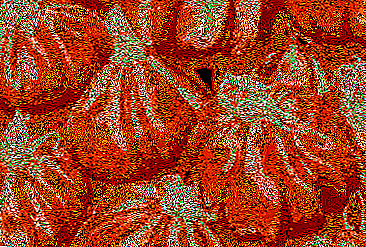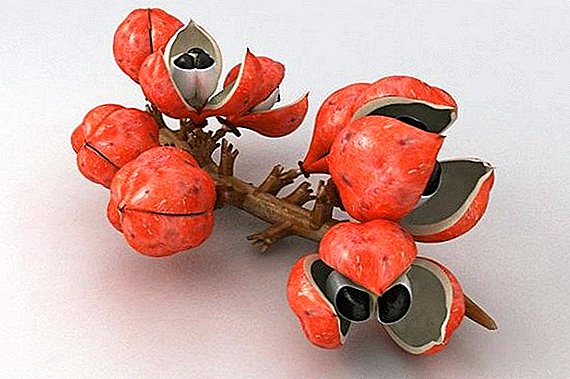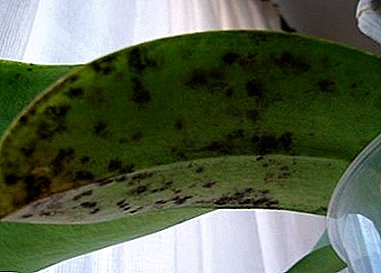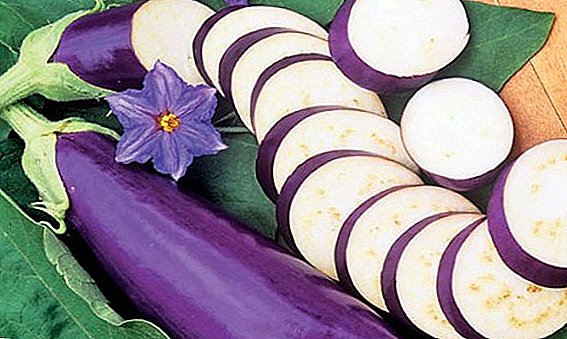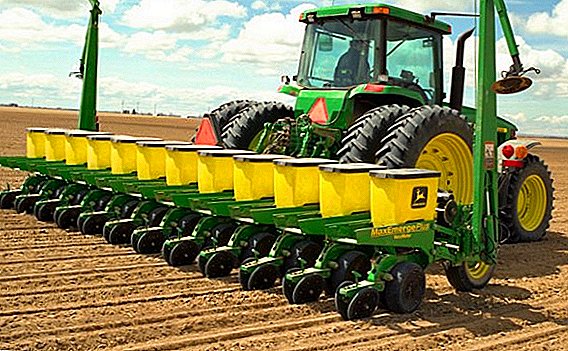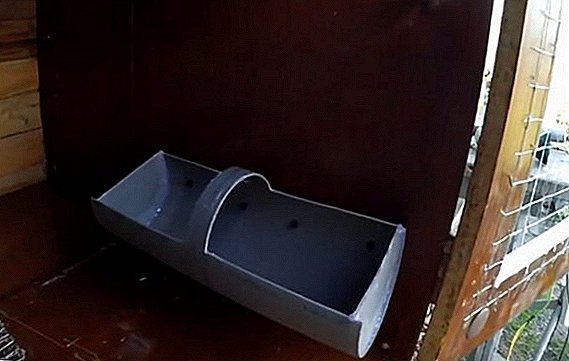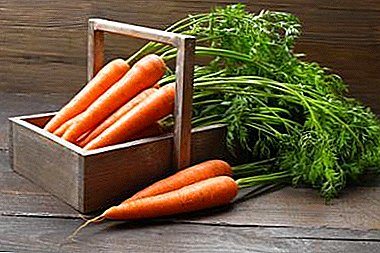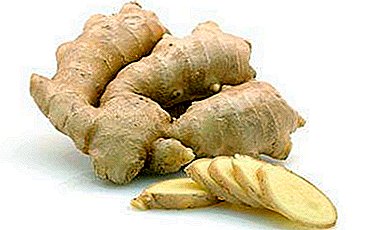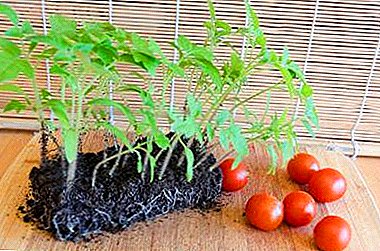
The main goal for many gardeners who grow tomatoes is to get a good harvest.
To achieve it, you need to comply with many conditions: humidity, irrigation, the correct composition of the soil and, of course, fertilizing. About her and will be discussed in this article.
Next, we will tell you when to do the feeding of adult plants and seedlings, and provide a fertilizer application schedule - a painted scheme in the table. And also give some tips on growing tomatoes.
When and what to feed?
When growing tomatoes in a greenhouse, it is easier to meet the necessary conditions (for more information on the main intricacies of carrying out dressing for tomatoes in the greenhouse, you can find out here). Argued that the mode of feeding is not so important and only adds unnecessary trouble. However, it is not. Even with fertile soil and proper watering, you can ruin the fruit if you use the wrong fertilizer.
The frequency of use and type of fertilizer for tomatoes depends on the stage of plant development (more details about the types and use of fertilizing, as well as the benefits of mineral fertilizers can be found in this material). For example, seedlings need calcium and superphosphate. Before planting, seedlings are fertilized with yeast, which stimulates the growth of young tomatoes well. After planting, a complex fertilizer is used so that the plants evenly assimilate the minerals they need (for more information about the choice of a complex fertilizer for tomatoes, see here).
In the period of the beginning of flowering, tomatoes lack phosphorus and calcium, so it is on them that you should pay attention to when fertilizing. But nitrogen in this period is not needed at all. When the ovary of the fruit is good ash, it is also used for fruiting, while adding mineral fertilizers containing iodine, potassium and other trace elements. It is necessary to consider in detail the rules for feeding tomatoes at each stage of growth.
When to start using fertilizers for tomato seedlings in a greenhouse?
For the first time, the seedlings are fertilized 48 hours after the seedlings have cotyledon leaves.:
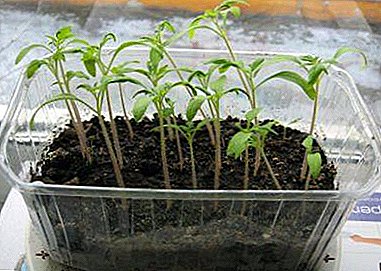 Used 2 g of calcium nitrate, diluted in 1 liter of water.
Used 2 g of calcium nitrate, diluted in 1 liter of water.- A week later, the plants are fed energy, diluted in water (the solution should be almost transparent, slightly yellowish).
- When 4 already real leaves appear, it is necessary to water the seedlings with a solution of superphosphate. Composition:
- 10 g of superphosphate;
- 1 liter of cold water.
- 6 days later, the plants are treated with calcium nitrate (2 g per 1 liter of water).
- When 8 pairs of true leaves appear, the young plants are watered with superphosphate again.
Before planting seedlings in the soil, it is better to feed them with yeast-based fertilizers. For this:
- dry yeast (1 package) is mixed with two tablespoons of sugar and water (one glass);
- all ingredients are mixed and left for one and a half, two hours;
- The mixture is diluted in water (half a liter of the mixture per 10 liters of water) and young tomatoes are fertilized.
You can learn more about simple and effective fertilizing for tomatoes from yeast here, and more details about the recipes for fertilizing seedlings can be found in this material.
Important! For tomatoes in the greenhouse you need to prepare the soil in advance (either in autumn or in spring before planting).
In order to make the land more fertile, a bucket of sod land and peat (per m2 of land) are poured over the beds. Organic fertilizer is added to them: half a liter of wood ash mixed with 10 liters of humus and 1 teaspoon of urea.
To avoid plant disease, before planting, watered with a weak solution of potassium permanganate: 1 g of potassium permanganate and 10 liters of water (water must be heated to at least 60 degrees).
More details about the first and subsequent feedings for tomato seedlings can be found here more about the use of ash for feeding tomato seedlings at home can be found here.
After landing
In the period from 3 to 5 days after the planting of the growing bushes in the greenhouse (as a rule, these are the first days of June), they need to be fed with complex fertilizer, which contains:
- phosphorus;
- nitrogen;
- potassium.
In this case, the main thing is not to overdo it with nitrogen, since the leaves will grow too actively, and on the contrary there will be less fruits.
The climate in the greenhouse is more humid than in the open field, so the plants will absorb nutrients very quickly.
In order to assimilate trace elements, it is better to reduce the concentration of fertilizers.. The best option is: 3 tsp. Nitrofoski, half a liter of mullein diluted in 9 liters of water, at the root of each bush pour out 1 liter of top dressing.
Bloom
 Proper feeding of greenhouse tomatoes during flowering will ensure a good ovary of the fruit, so she should pay attention. Potassium and phosphorus must be present in fertilizers; these are precisely the substances that tomatoes lack during the appearance of buds, while nitrogen should be eliminated at all during this period (for more details on types of phosphate fertilizers, see this material).
Proper feeding of greenhouse tomatoes during flowering will ensure a good ovary of the fruit, so she should pay attention. Potassium and phosphorus must be present in fertilizers; these are precisely the substances that tomatoes lack during the appearance of buds, while nitrogen should be eliminated at all during this period (for more details on types of phosphate fertilizers, see this material).
When the buds have just begun to appear, a yeast dressing is necessary for the tomatoes. The same fertilizer recipe is used as for seedlings before planting. In addition, a little ash can be added to the soil.
During flowering, it is recommended to produce one root feeding and one foliar (For more information about the best ways of foliar fertilizing can be found here). For root feeding is used: potassium sulfate (3 teaspoons), half a liter of bird droppings. All of this dissolves in 10 liters of water, after which half a liter of liquid mullein is added. Tomatoes are watered at the rate of 1 l of fertilizer per 1 bush.
For active formation of ovaries, tomato bushes are sprayed with fertilizer on milk: 15 drops of iodine, 1 liter of milk, dissolved in 4 liters of water, leaves are treated in the morning and evening.
Fruit Ovary
In the period of fruit ovary, tomato tops are sprayed with ash solution.. Solution recipe:
- 2 cups of ash diluted in 2 liters of water (preferably hot);
- insist 48 hours;
- strain the infusion to remove the precipitate, and then reconstitute in water - already to a volume of 10 liters.
Plants are desirable to handle it in the evening or on cloudy days, when there is no direct sunlight.
Attention! During ash treatment, tomato leaves should be dry.
Fruiting
There are many fertilizer recipes for healthy and tasty fruits. It is important to remember that during fruiting only root dressings are used. Here are some suitable options:
- Superphosphate fertilizer. For 6 teaspoons of fertilizer accounts for 10 liters of water. To the solution add a tablespoon of potassium humate. Under the root of each bush need to pour one liter of fertilizer.
- Mineral fertilizer. This mixture contains iodine, manganese, potassium and boron, necessary for the formation of juicy and tasty fruits. 10 g of boric acid is dissolved in a liter of hot water, after which iodine (10 ml) and one and a half liters of ash are added. The mixture is also dissolved in a bucket of water (9-10 l) and poured 1 l per bush. Learn more about how to use iodine to feed tomatoes can be found here.
- A mixture of organic and mineral fertilizers. In a bucket of water stirred a liter of manure, 3 tsp. mineral fertilizer and 1 g of manganese. Each bush has a half liter of fertilizer.
Such is the complete scheme of fertilizer tomato throughout the life of the plant. More clearly, it is described in the chart of fertilizing tomatoes, presented below.
Note: in the column "Composition" only one variant of fertilizers is indicated, which is used at one or another growth stage, but it can be replaced by other variants, which were mentioned in the article.
Scheme of fertilizer in the table: time and quantity
| № | Stage of growth | Composition |
| 1 | 48 h after the formation of cotyledon leaves | Calcium nitrate: 2 g per 1 liter of water. |
| 2 | 1 week later | Energy solution diluted to a transparent yellowish color. |
| 3 | 4 real leaves grew | Superphosphate solution: 10 g (or 5 g double superphosphate) to 1 liter of water; diluted in warm water the day before watering. |
| 4 | 1 week later | Calcium nitrate: 2 g per 1 liter of water. |
| 5 | 8 true leaves grew | Superphosphate solution: 10 g (or 5 g double superphosphate) to 1 liter of water; diluted in warm water the day before watering. |
| 6 | 1-2 days before transplanting | For 1 cup of water, 1 packet of dry yeast and 6 teaspoons of sugar. The solution is infused from one and a half to two hours and diluted with 10 liters of water. |
| 7 | 3-5 days after disembarkation | 10 liters of water 3 tsp. nitrofoski and 0.5 liters. mullein |
| 8 | Buds appeared | For 1 cup of water, 1 packet of dry yeast and 6 teaspoons of sugar. The solution is infused from one and a half to two hours and diluted with 10 liters of water. |
| 9 | Flowering began | Top dressing root: On 10 l of water 3 tsp. potassium sulfate + 0.5 liters of bird droppings (mix and add 0.5 liters of liquid mullein). Top dressing on leaves: On 4 l of water 1 l of milk and iodine (15 drops). |
| 10 | The first fruit began | Heat up to 60-70 degrees 2 liters of water, add 2 cups of ash. Insist 2 days, diluted in 10 liters of water. |
| 11 | The height of the fruiting | 10 liters of water 6 tsp. superphosphate and 3 tsp. potassium humate. |
Additional tips
 For abundant harvest and plant health, watering is as important as top dressing.. When tomato buds appear, they need to be watered once a week, up to 5 liters of water under the roots of each bush. At the same time, it is necessary to monitor the condition of the soil and avoid stagnation of water. When fruiting, the amount of water for irrigation decreases (up to 3 liters), but water more often: twice a week already.
For abundant harvest and plant health, watering is as important as top dressing.. When tomato buds appear, they need to be watered once a week, up to 5 liters of water under the roots of each bush. At the same time, it is necessary to monitor the condition of the soil and avoid stagnation of water. When fruiting, the amount of water for irrigation decreases (up to 3 liters), but water more often: twice a week already.
It is also important to monitor the appearance of the plant: you need to feed the tomatoes additionally, if there are signs indicating a lack of nutrients. Here are the most common cases:
- Phosphorus deficiency: a tomato stalk becomes purple as the lower surface of the leaves. If you feed the bush with a diluted solution of superphosphate, the problem will disappear in a day.
- Calcium deficiency: the leaves of the plant are twisted inside, the fruits rot from above. In this case, it saves the solution of calcium nitrate, which is sprayed on the leaves.
- Nitrogen deficiency: the tomato slows down its growth, the color of the tops becomes light green or light yellow, and the stems are very thin. Spraying with a very weak urea solution may help.
Growing tomatoes can seem quite troublesome, but if you gradually implement all the recommendations highlighted here and take care of the plants correctly, juicy and tasty fruits are guaranteed.


 Used 2 g of calcium nitrate, diluted in 1 liter of water.
Used 2 g of calcium nitrate, diluted in 1 liter of water.